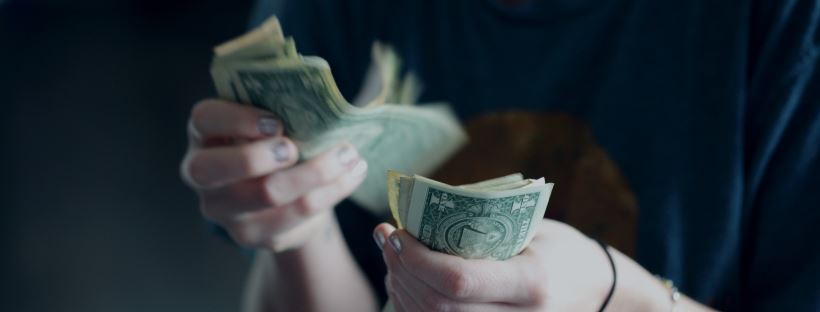Where should I keep my rainy day fund?

Have you ever felt like stuff just kept happening out of your control? You know the saying: when it rains, it pours. A car repair. An unexpected medical expense. Job loss. Even people who are really good at sticking to a budget aren’t immune to unplanned events. You can’t control everything, but you can choose to not let emergencies derail your long-term financial goals. That’s where your savings come in comes in, or as our grandparents called it, the good old-fashioned rainy day fund.
Your rainy day fund is quick access cash when you need it most.
It also helps you move forward in your financial progress because:
- It reduces your reliance on debt including credit cards or payday loans
- Keeps from incurring additional interest charges
- Covers unexpected events without interrupting your regular daily and monthly expenses
- Gives you more options to negotiate with vendors because you can pay cash up front and,
- Allows you to focus on tackling the emergency itself, and not how you are going to pay for it.
Before we talk about the amount, let’s talk about what, and where it should be.
An rainy day fund should be safe, liquid and stable.
Under your mattress or in a cookie jar was the go-to back when, but an FDIC insured account is where you can keep your hard earned money safe. A bank or thrift account covered by the Federal Deposit Insurance Corporation (FDIC), safeguards your deposits in the event of bank failures.

Your rainy day fund should also be immediately accessible. If it takes you several days to free up money, then it will be really hard to use when you need it most. That’s not stress you want to add during an emergency.
Lastly, stable means you don’t have to worry about your account losing value. While there are many opinions from financial experts, if you are just starting your rainy day fund, the simplest option is to use a dedicated savings or checking account.
Keep your rainy day fund in a different account from your everyday checking and other savings accounts.
This helps make the rainy day fund feel separate (out of sight, out of mind) and keeps you from spending it on day-to-day things. As your rainy day fund grows in size you can explore other options.
Head to the dashboard and start a chat with us now. We can help you figure out how to start your rainy day fund as one of your money missions!